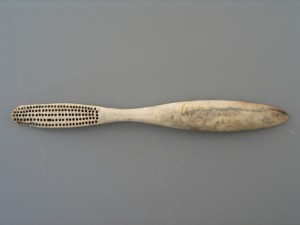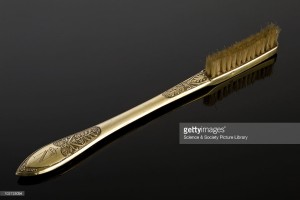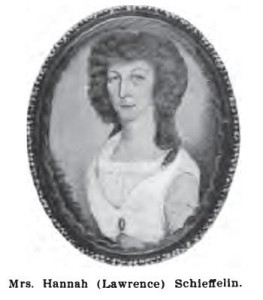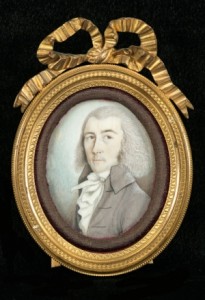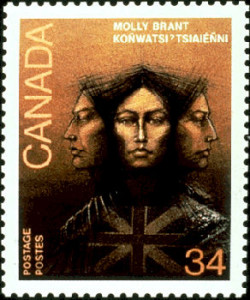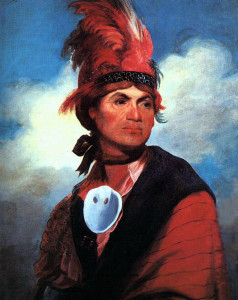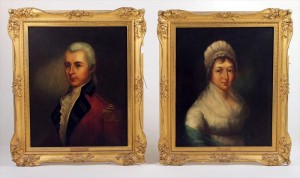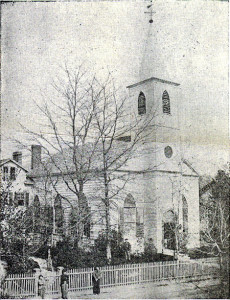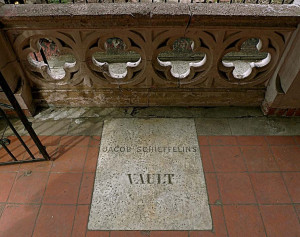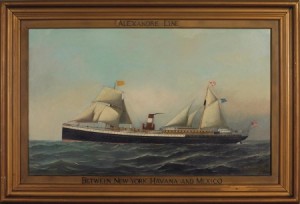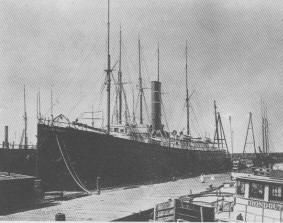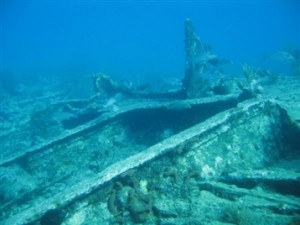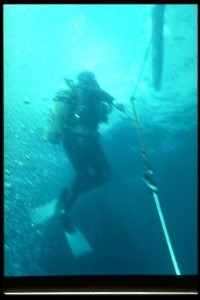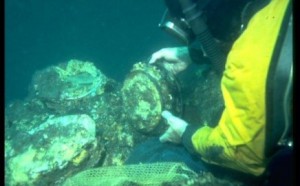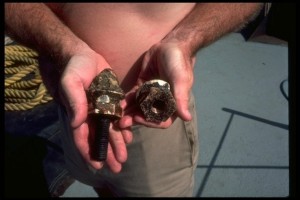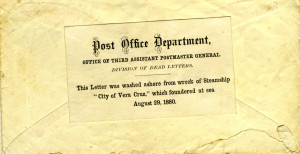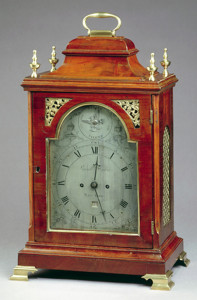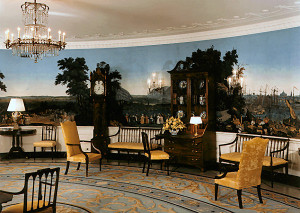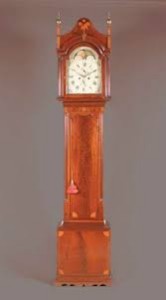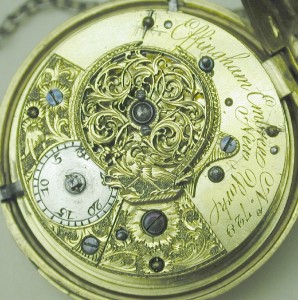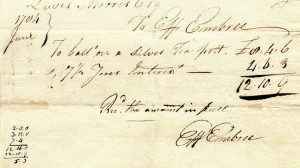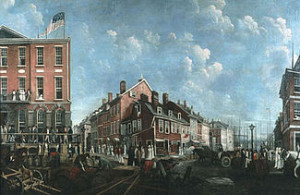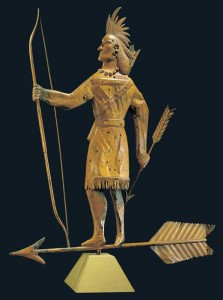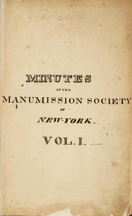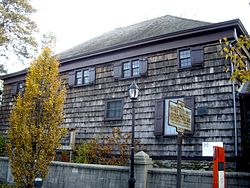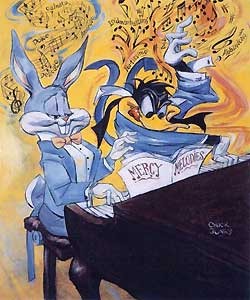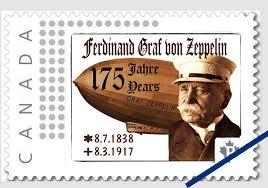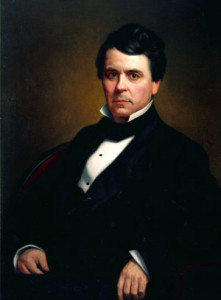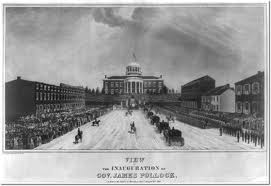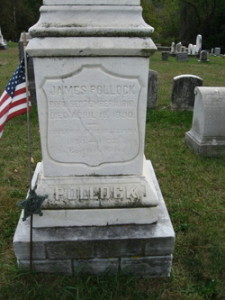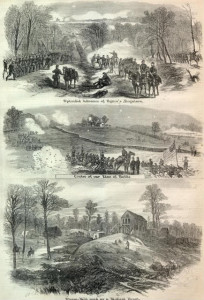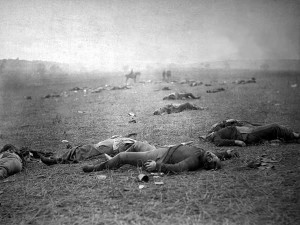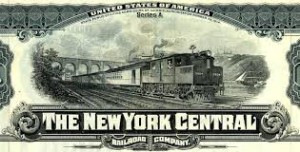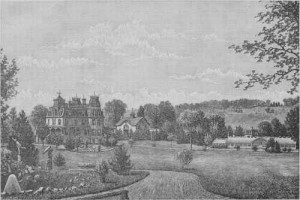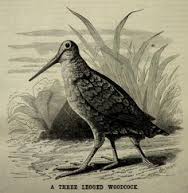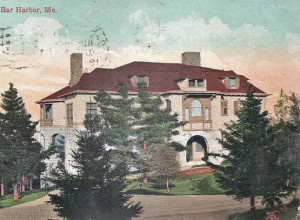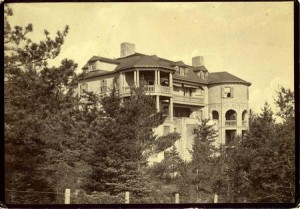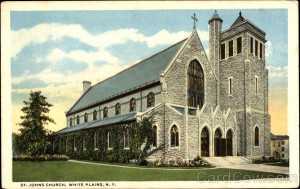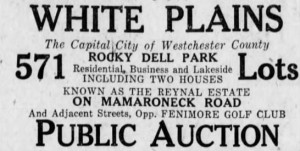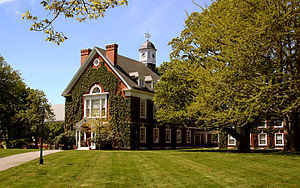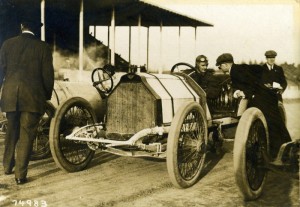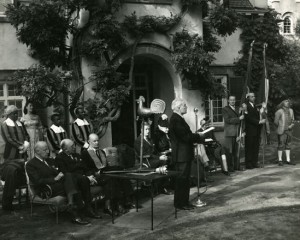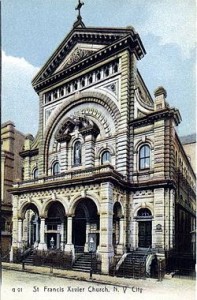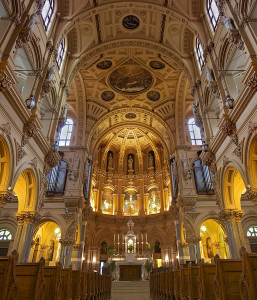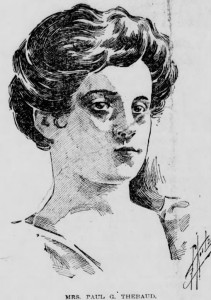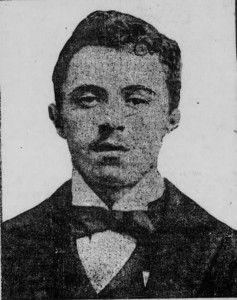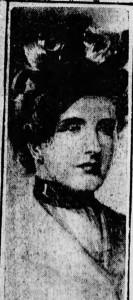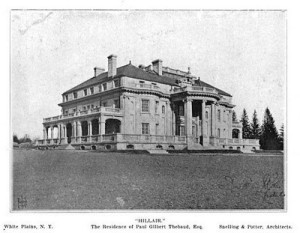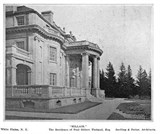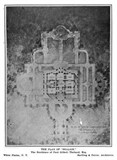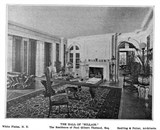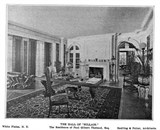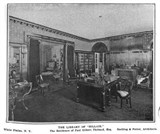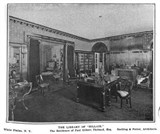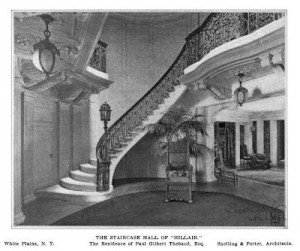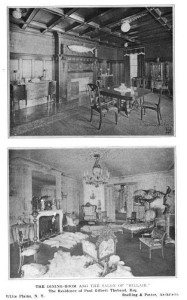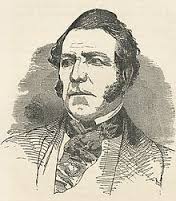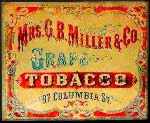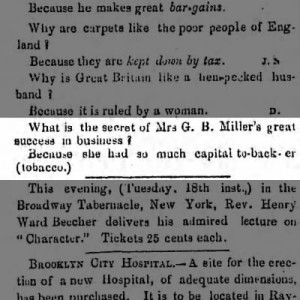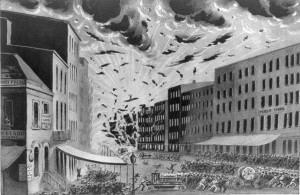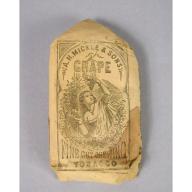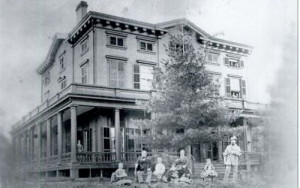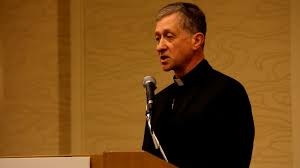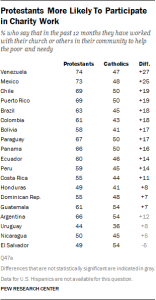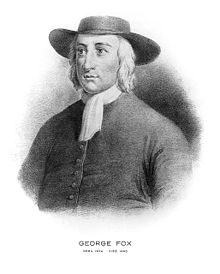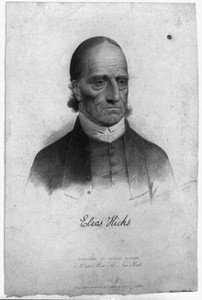This Effingham Lawrence (June 6, 1760-December 13, 1800) was the son of Ann Burling and John Lawrence and my wife’s fourth great grand uncle. He married Elizabeth Watson (1764-1852) and had several children, including a Watson Effingham and an Effingham Watson (the lure of the name was irresistible).
Like many young male Quakers, Effingham succumbed to the allure of the Revolution, and was disowned by the Friends for wearing a cocked hat and sword.
In 1781 Effingham established his druggist’s business at 99 Pearl Street. He was the druggist and apothecary to the Medical Society, a committee of which examined his store quarterly and “certified that his drugs were genuine and his medicines faithfully prepared.” He was one of the sponsors of the Tontine Coffee House, and was the only sponsor listed as a “gentleman.”
In 1790 Thomas Jefferson returned from France. During his New York stay, he patronized several of the shops run by my wife’s relatives. In July 1790 Jefferson paid Effingham Lawrence, a druggist at 227 Queen Street [Pearl Street], for red bark and toothbrushes.
An eighteenth-century toothbrush
Napoleon’s toothbrush
In 1794 Effingham sold his business to Jacob Schieffelin and John Lawrence and retired to his country estate in Flushing. This sale had long-term consequences for the family, as we shall see.
The Quaker roots of the family were important in establishing its role in the pharmaceutical business.
When Schieffelin and John Lawrence entered into the drug business, the trade was primarily conducted by wholesale houses in New York and Philadelphia. Before the Revolutionary War, drugs and botanicals had been mostly supplied by the English. By the time of the Revolution, about half of the drug manufacturing in England was controlled by the Quakers. Quaker pharmacists in America had ready access to the latest and most up-to-date information thanks to their coreligionists in England. At the end of the eighteenth century, druggists provided a wide array of medicines, botanical products, cooking spices, surgical supplies, medicine chests, as well items found today in hardware stores — paints and glassware, for example — to general stores, physicians, farmers, plantations, ships, and apothecary shops. Soon after the beginning of the eighteenth century, many druggists and apothecaries had expanded into chemical manufacturing, an activity that accelerated during the Revolutionary War, when, cut off from England, druggists learned new manufacturing techniques to produce the embargoed chemicals.
